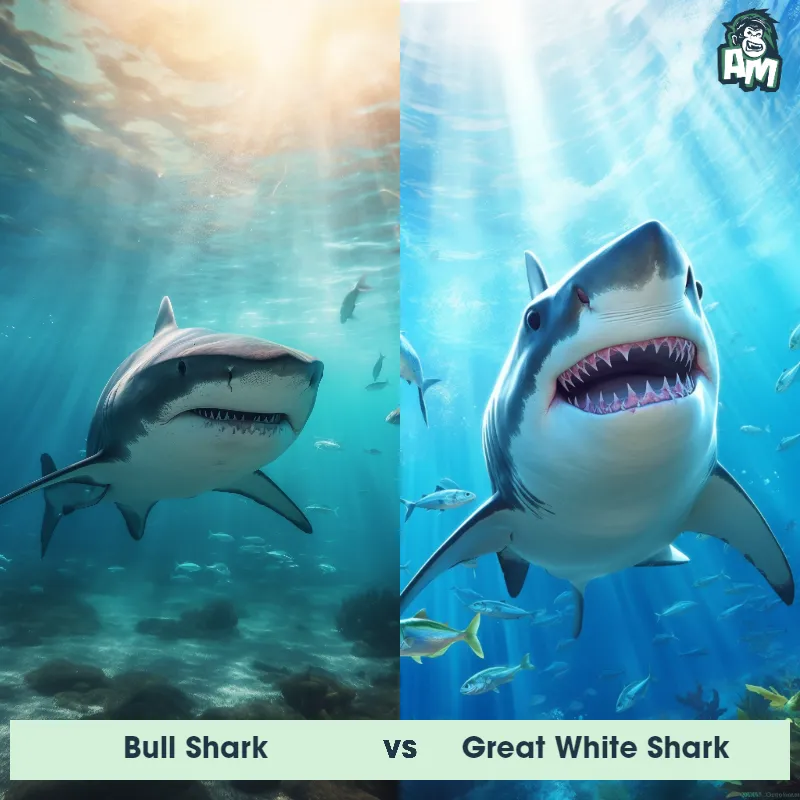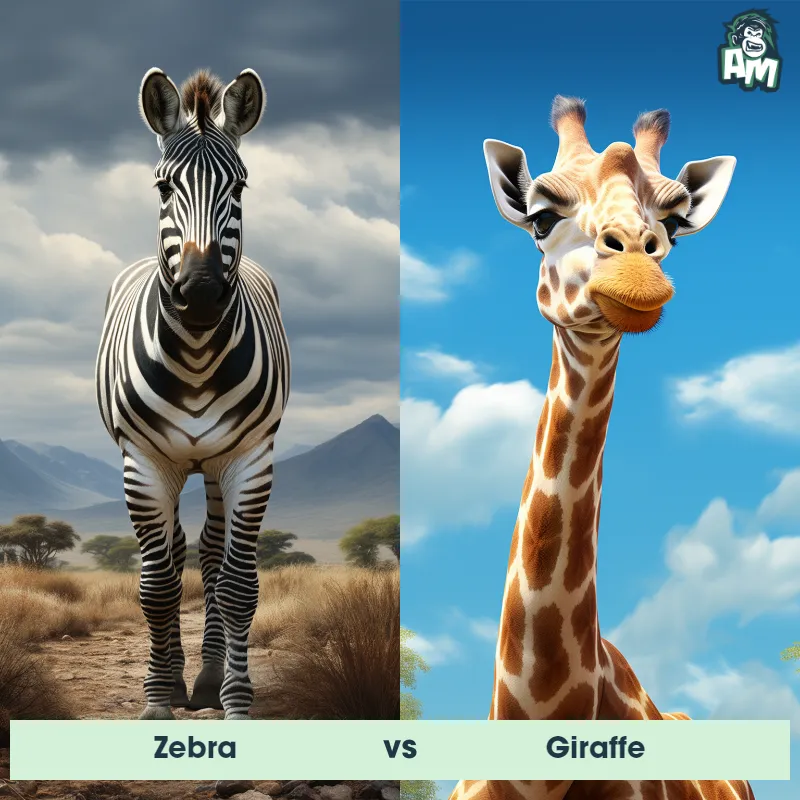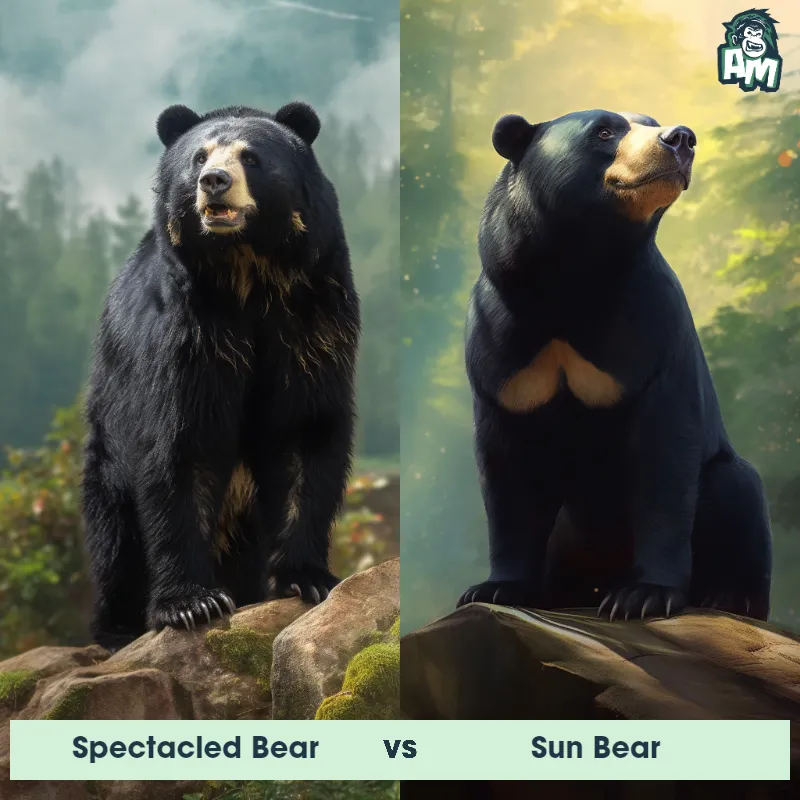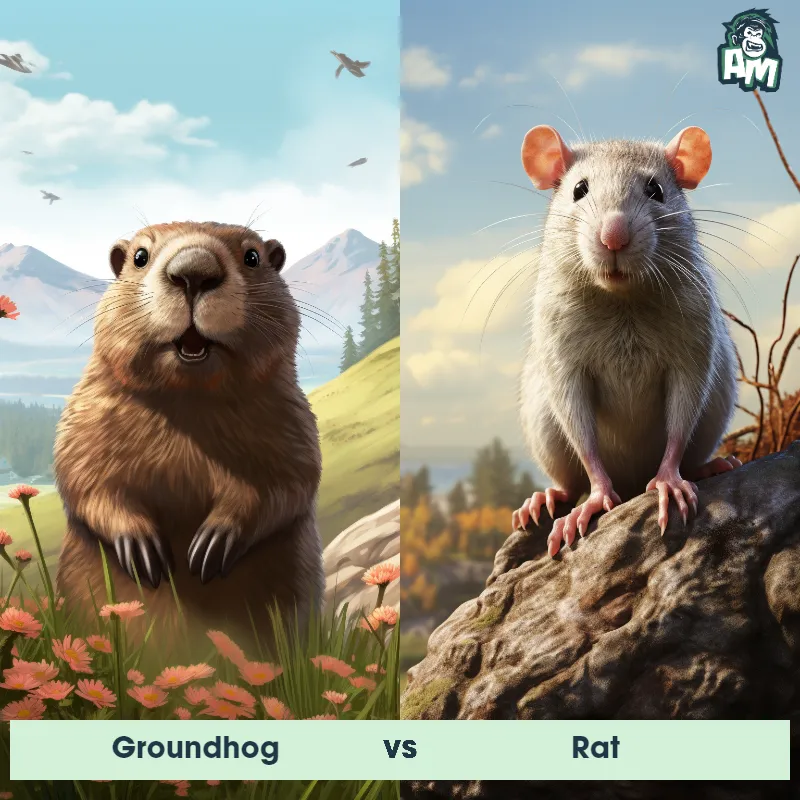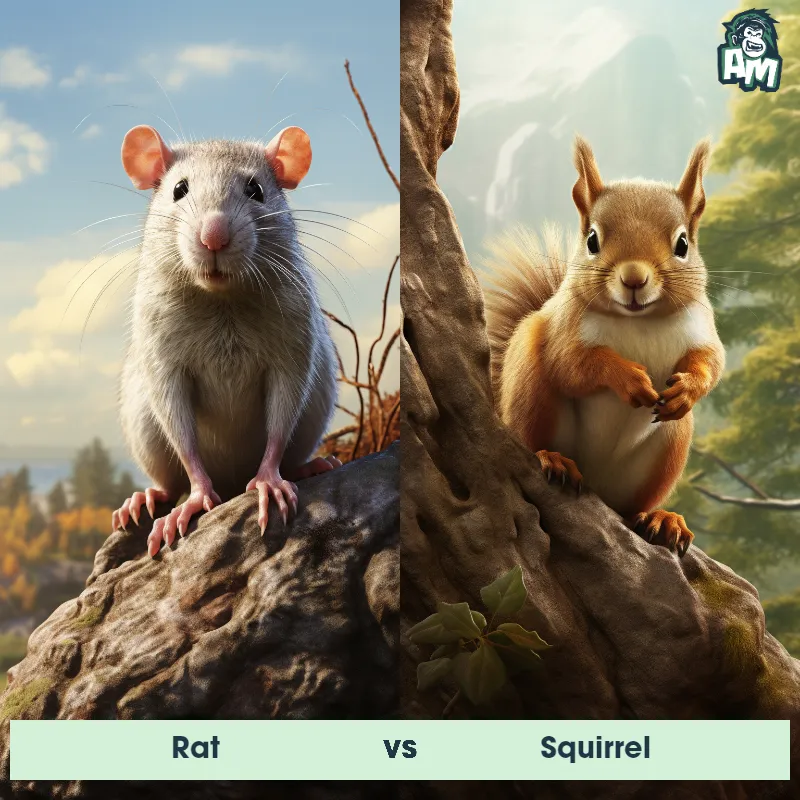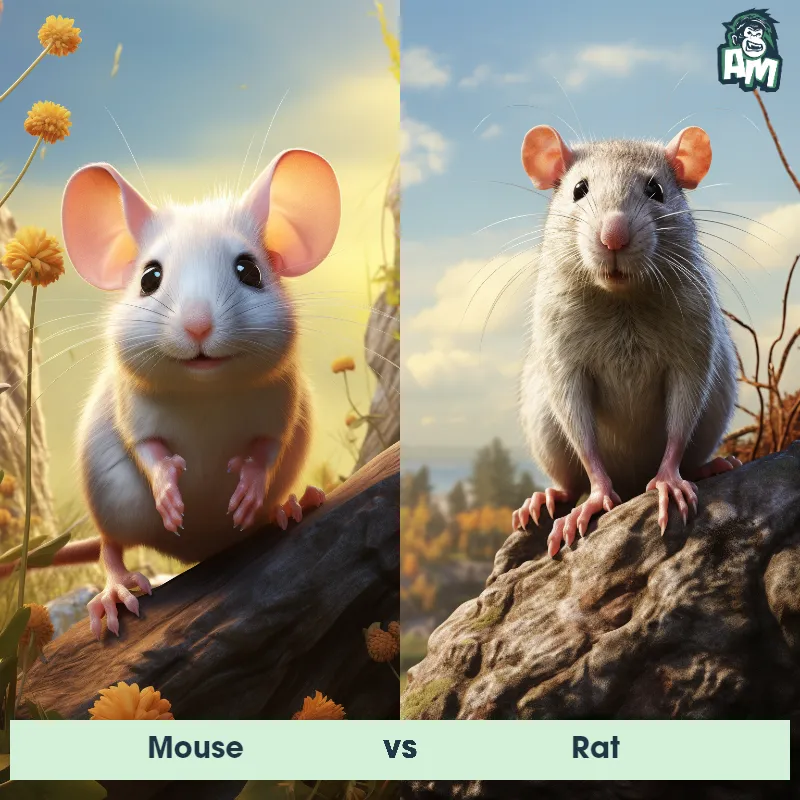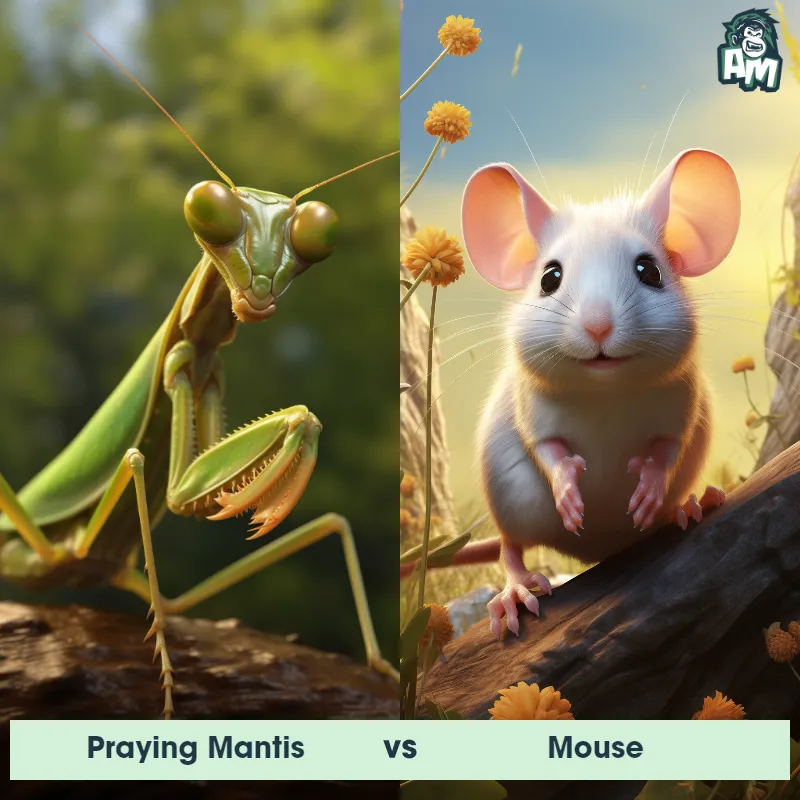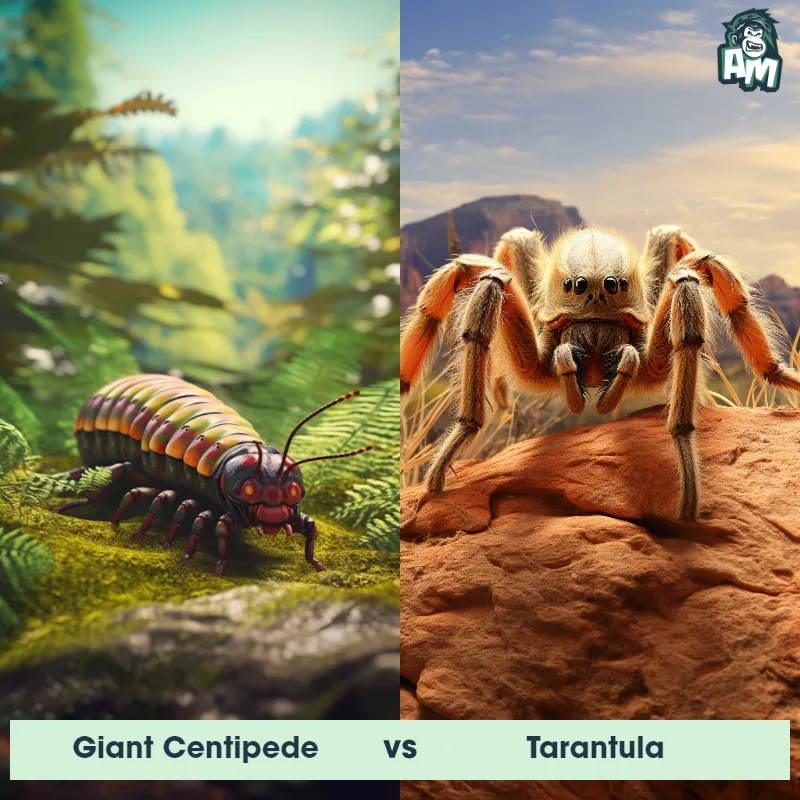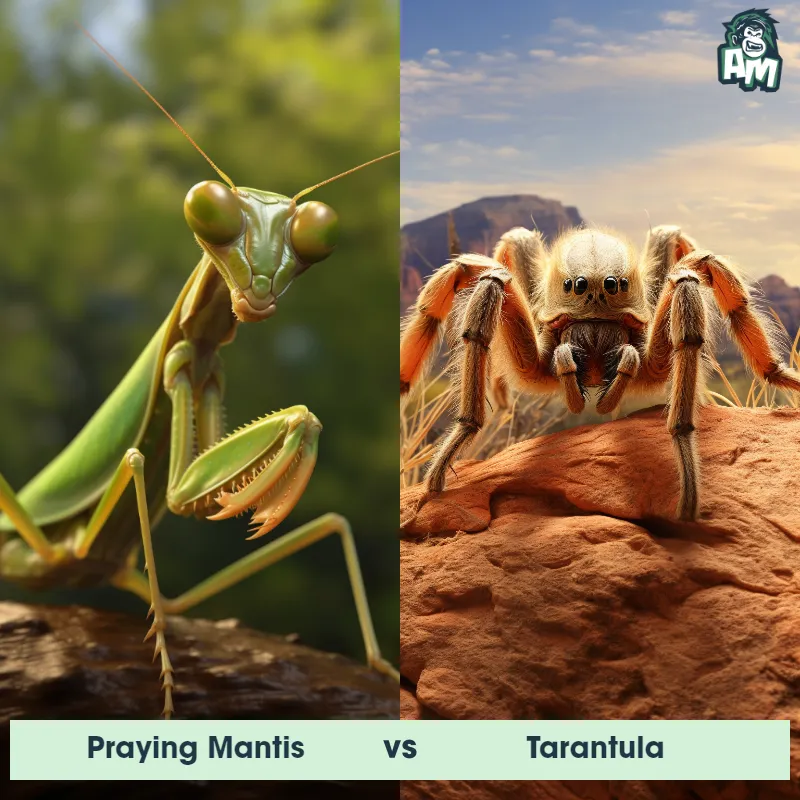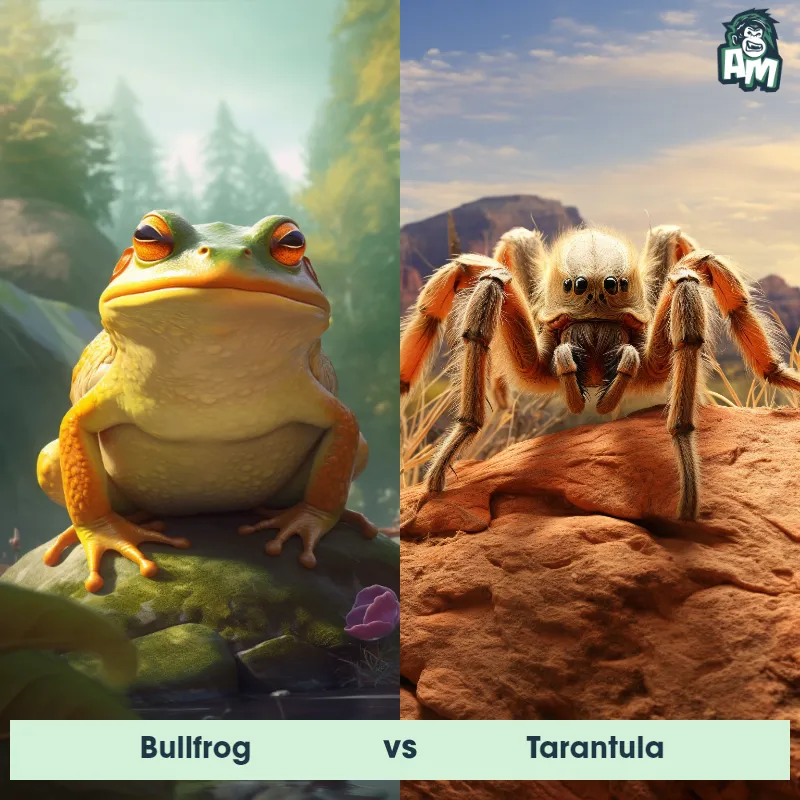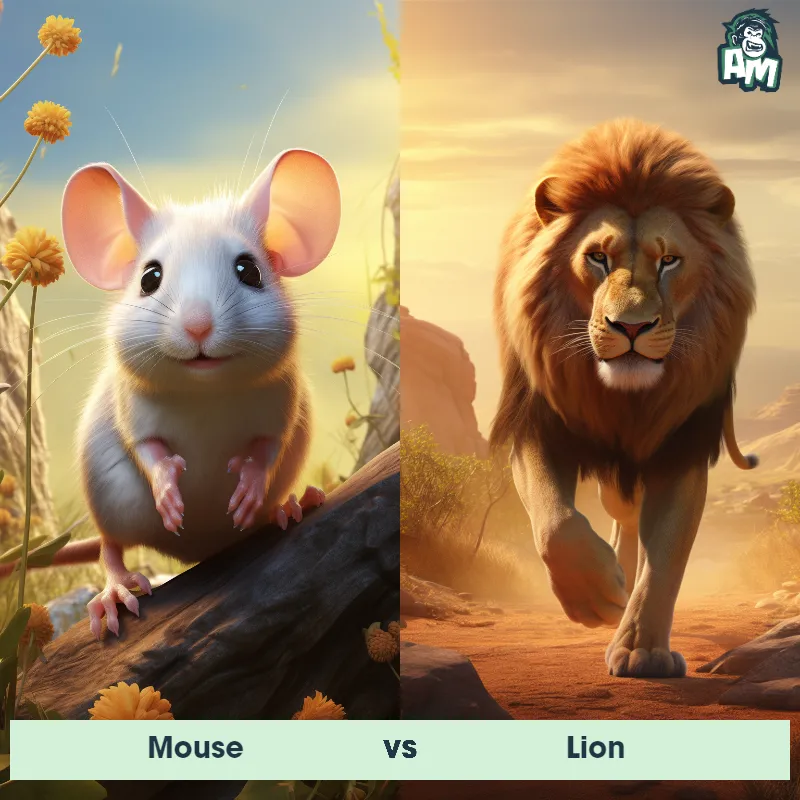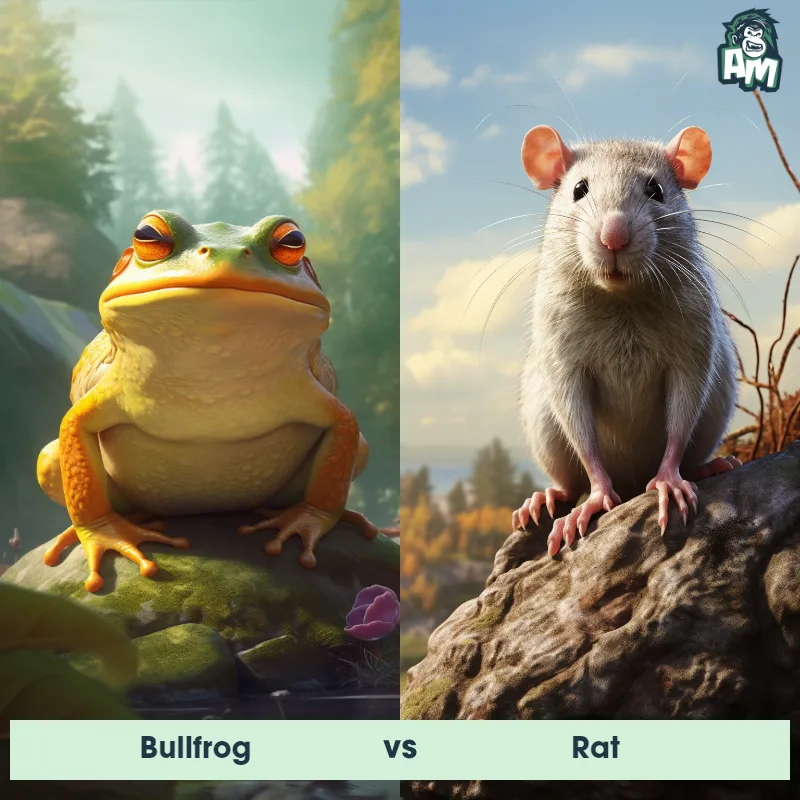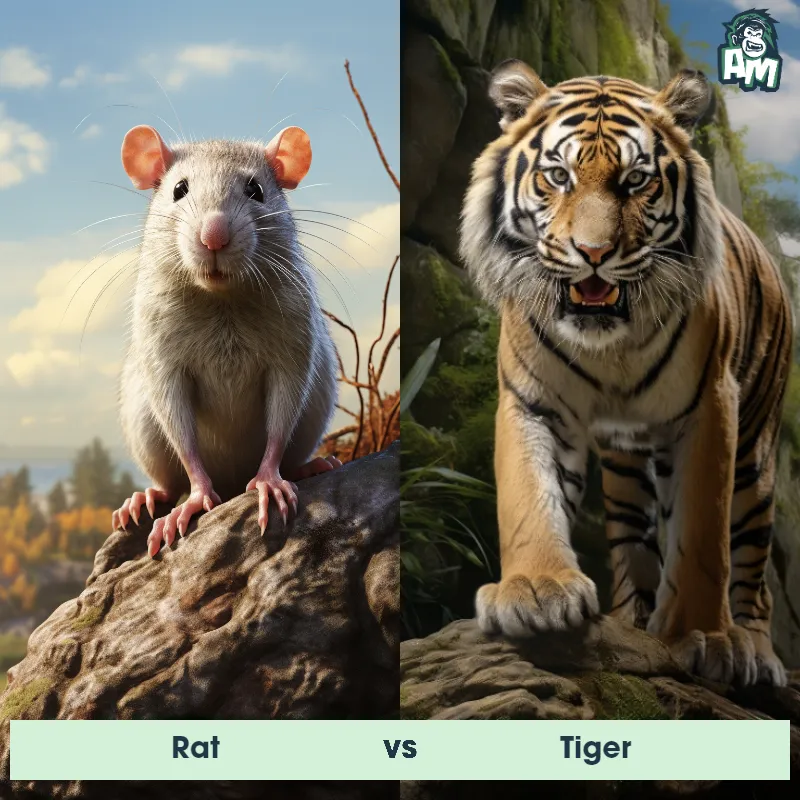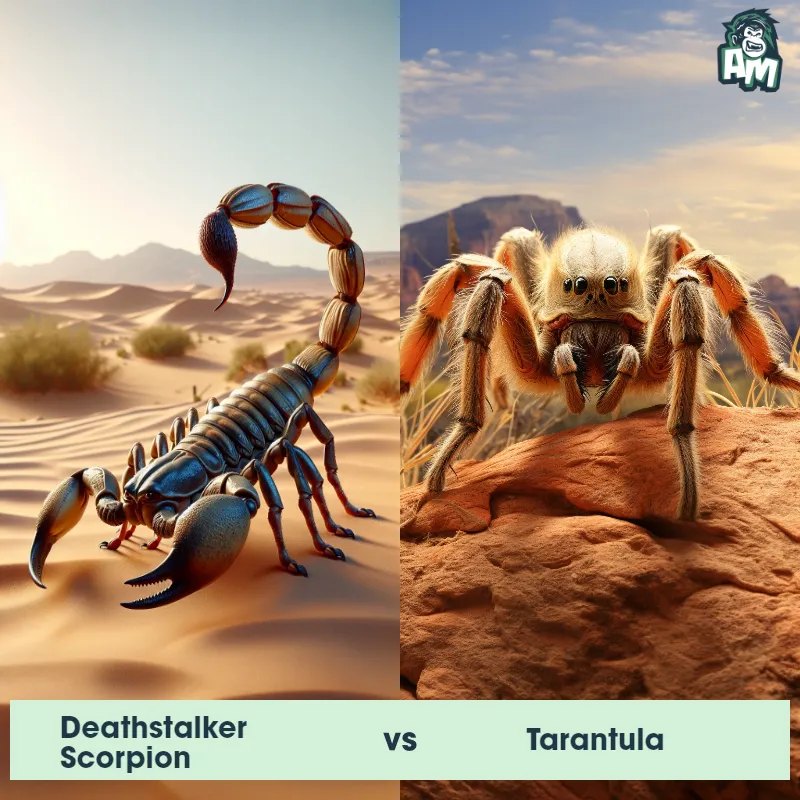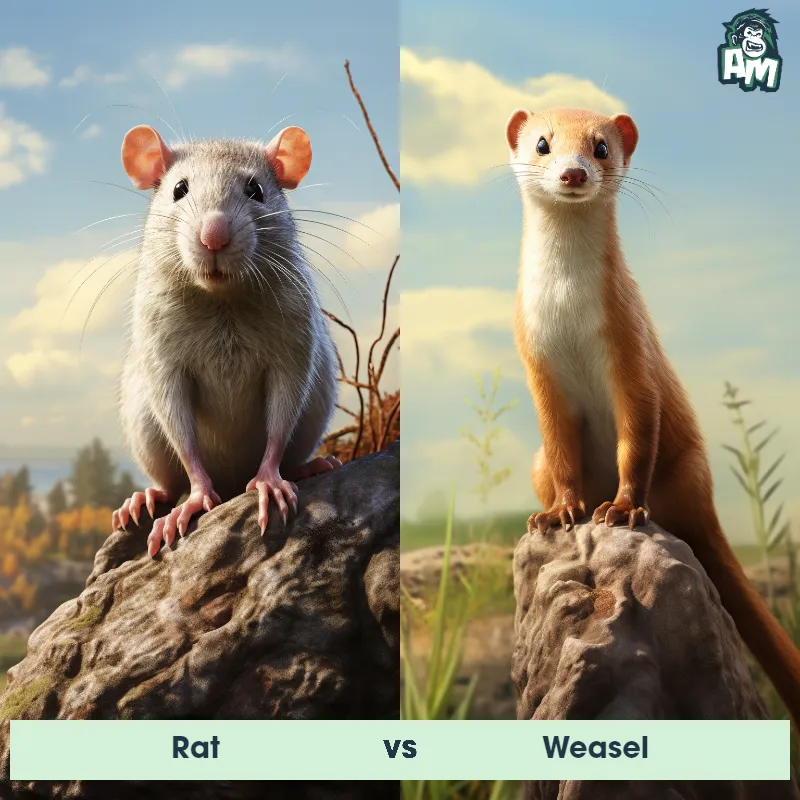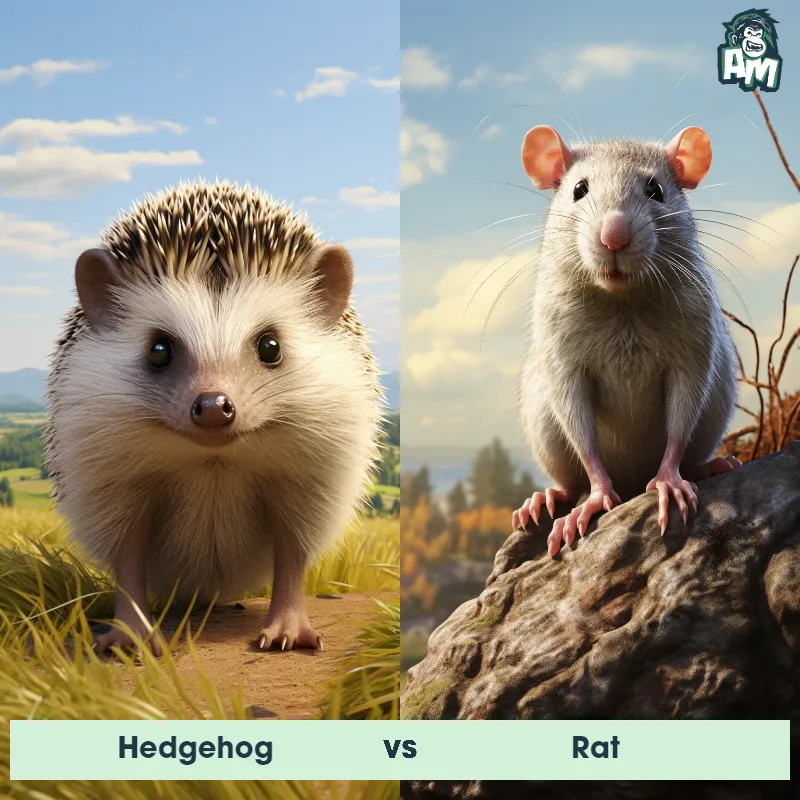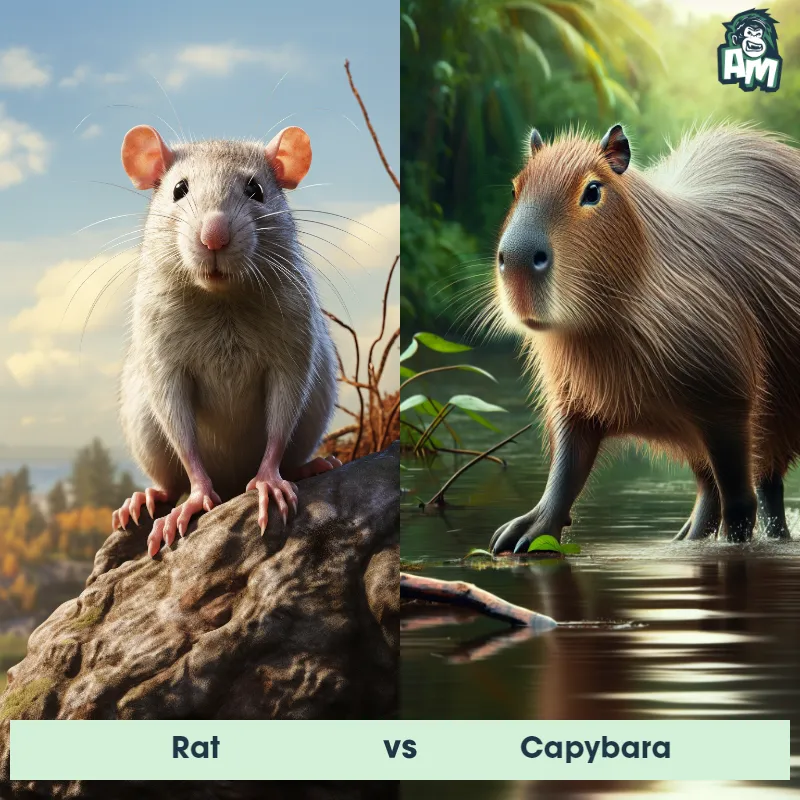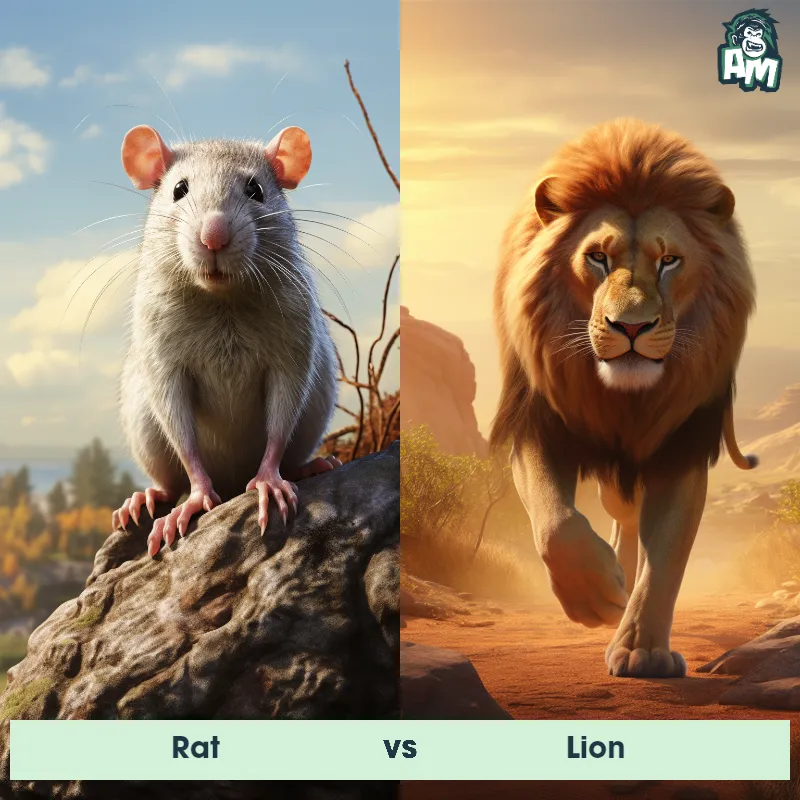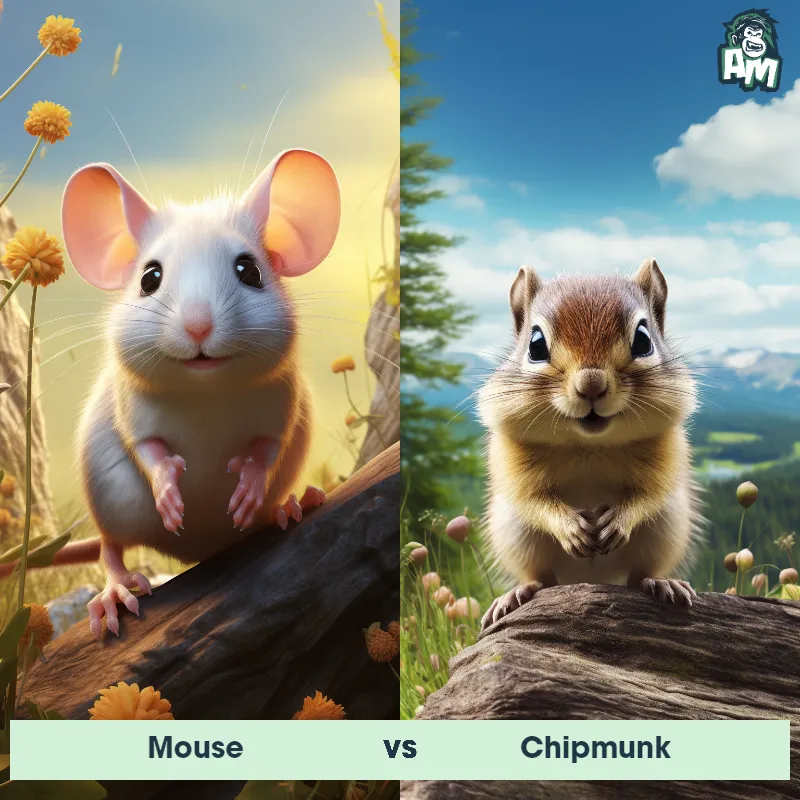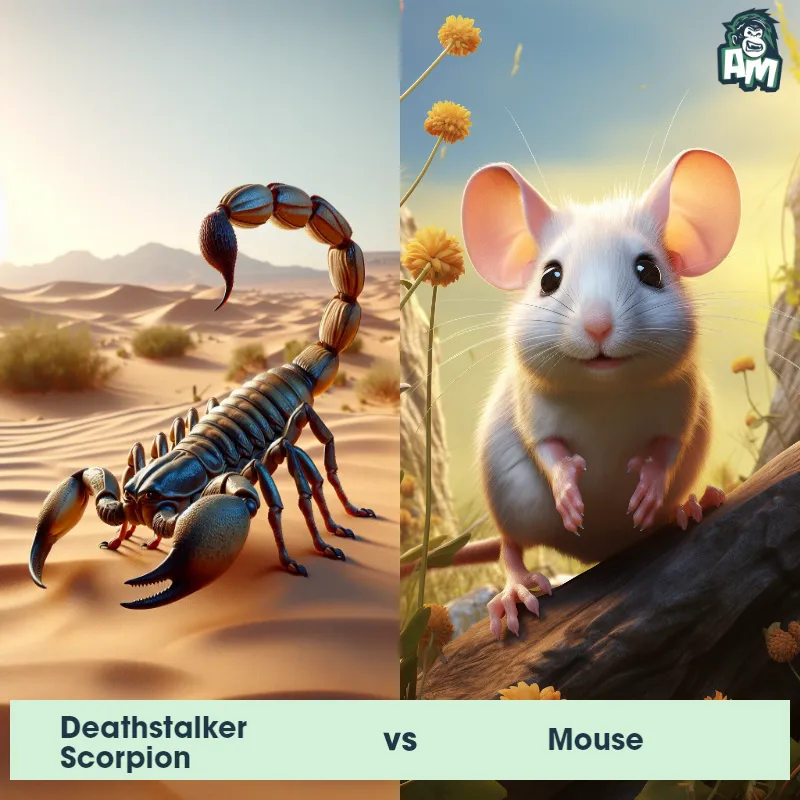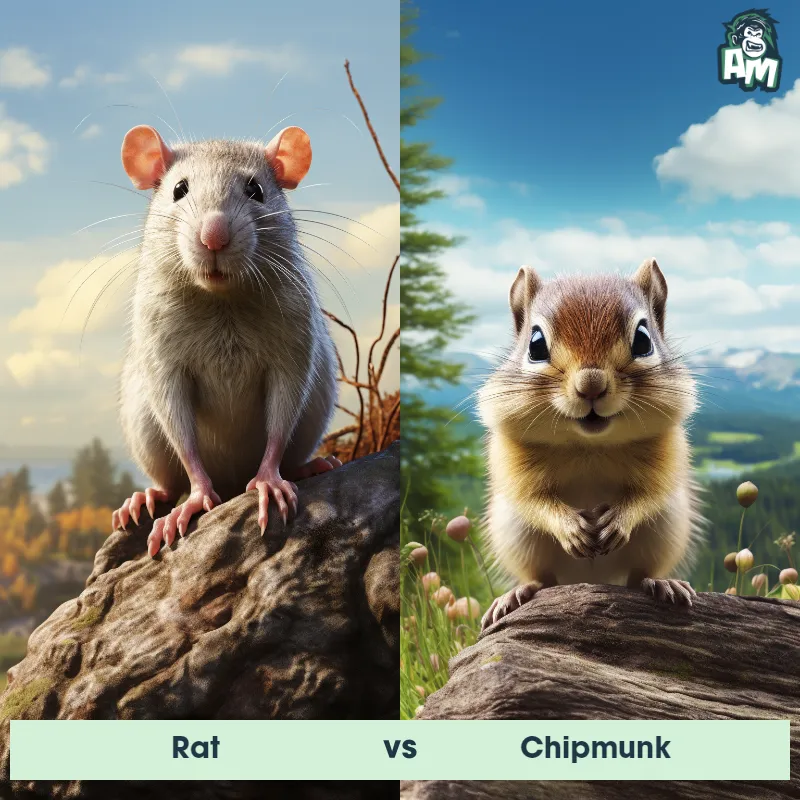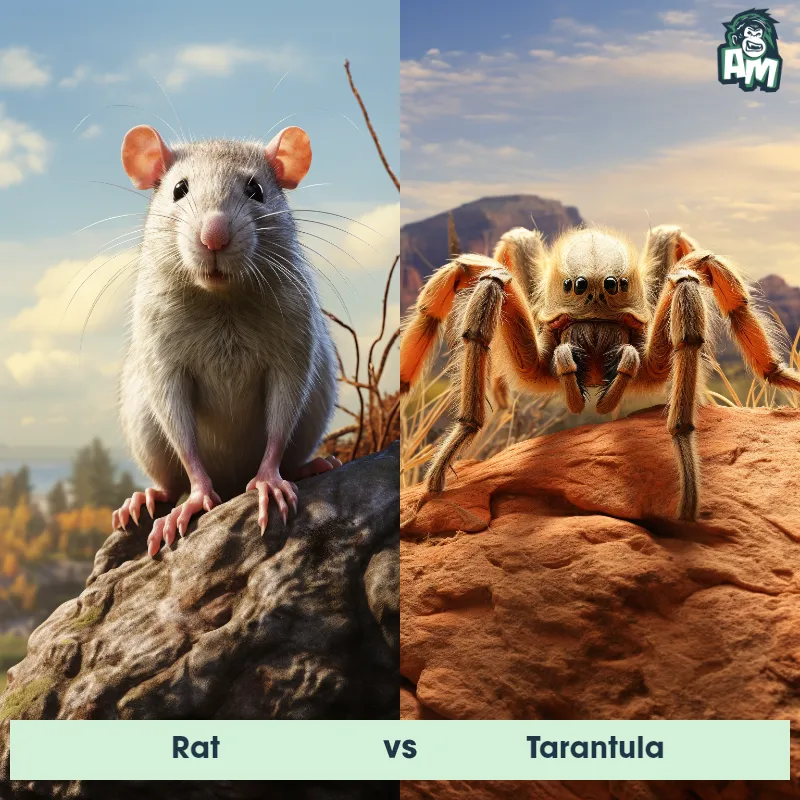Mouse vs TarantulaSee Who Wins

Ladies and gentlemen, we are ready to witness a most unpredictable combat, the nimble mouse going up against a fearsome tarantula. A classic contest of agility versus raw power, the unassuming mouse packs a frantic pace while the tarantula brings its venom and frightening size to the table. It's going to be one thrilling matchup!
Contender 1: Mouse
The Mouse is a small mammal characterized by its pointed snout, round ears, and long, thin tail. There are over 30 species of mice, but all tend to have a similar size, ranging from 1.5 to 3.5 inches in body length, with tails of similar or slightly longer lengths. Their fur can be a variety of colors, including white, brown, gray, or black, and they are known for their fast reproduction rates. Mice are omnivores, though their diets predominantly consist of plant material like seeds and fruits, as well as insects.
Fun Fact: Mice have a keen sense of hearing and can communicate with each other using ultrasonic calls, many of which are above the range of human hearing.
Contender 2: Tarantula
Tarantulas comprise a group of large, hairy spiders that are found in various parts of the world, predominantly in the tropics. They possess eight legs, two body parts (cephalothorax and abdomen), and are known for their pronounced fangs, which they use to inject venom into their prey. Despite their menacing appearance, tarantulas are generally not harmful to humans, as their venom is weaker than that of a typical bee.
Fun Fact: Tarantulas are known for their unique defensive tactic where they can flick off tiny, barbed hairs from their abdomen when threatened, which can irritate the skin or eyes of a potential predator.
Matchup Stats
| Mouse | Tarantula | |
|---|---|---|
| Size | 1.5 to 3.5 inches (3.8 to 8.9 cm) | Up to 11 inches (28 cm) including leg span |
| Weight | 0.5 to 1 ounce (14 to 28 grams) | Up to 3.5 ounces (100 grams) |
| Speed | 8mph (13km/h) | 1mph (1.6km/h) |
| Key Strength | Agility and speed | Venomous fangs |
| Biggest Weakness | Small size and lack of defensive mechanisms | Slow movement |
Current Votes
Mouse vs Tarantula
See Who Wins
View More Matches
Looking For More?
Similar Matches
Scientific Stats
| Mouse | Tarantula | |
|---|---|---|
| Scientific Name | Mus | Theraphosidae |
| Family | Muridae | Araneae |
| Habitat | Various, including fields, forests, and human dwellings | Various, predominantly in tropical regions |
| Geography | Worldwide | Worldwide, predominantly in the tropics |
| Diet | Omnivorous, predominantly plant material and insects | Insects, small birds, rodents, and lizards |
| Lifespan | 1 year - 3 years | 10 years - 25 years |
Key Differences between Mouse and Tarantula
- Fur: The Mouse has a dense layer of fur covering its body, which can vary in color depending on the species, while the Tarantula has a hairy appearance, with long bristles covering its body, legs, and abdomen.
- Body shape: The Mouse has a compact and streamlined body with a distinct head, torso, and tail, while the Tarantula has a round and bulky body with no clear distinction between its head and torso.
- Facial features: Mice have small, round eyes and a pair of prominent ears on the sides of their head, while Tarantulas have multiple pairs of simple eyes located on the top of their head, with no external ears.
- Coloration: Mice typically display a wide range of colors, including shades of brown, gray, and white, often with patterns or markings, while Tarantulas have various colorations, ranging from brown and black to vibrant hues like orange, blue, or red, often with distinct patterns.
- Number of legs: The Mouse has four legs, which are typically slender and designed for running, while the Tarantula has eight legs, which are thicker and adapted for walking and climbing.
- Size: The Mouse is significantly smaller than the Tarantula, with an average length of a few inches, while Tarantulas can reach several inches in body length, not including their legs.





